In our previous series The Ultimate Guide to Color Theory for Sweater Knitters we looked briefly into seasonal color analysis and how it can work with the color wheel. Now we’ll look at each season a little bit deeper and include a few modifiers to be more specific within each season. Ultimately the goal is for you to find your absolute best colors! Once you have an idea of which colors look best on you it can be translated directly into your sweater knitting.
[title text=”Spring Basics” style=”bold_center”]If you are a Spring that means you have a warm skin tone and hair that is naturally lighter than medium brown.
As a Spring you have a low level of contrast between your hair, skin and eye color. However you may also have dark hair and pale skin but with clear eyes
You have a clear, warm and golden undertone to your overall coloring. If your skin appears pink, it’s more likely a peachy warm pink. Some cool undertones may exist but to a lesser extent than the warm undertones.
You have earthy and summer tonal qualities to your eyes, ranging from turquoise blue to hazel and sparkly light brown
Your hair is somewhere between dark to medium brown, coppery red, strawberry, deep golden and light blonde. If your hair is dark it most likely has golden or reddish highlights
If you’re a woman of color with dark hair, you probably have clear and lighter eyes than what’s typical in your ethnicity (Turquoise blue, green, topaz, light brown, hazel)
Your coloring is generally warm but bright. The majority of red-heads fall within this season because of the dominant warm, red hair color. Also, many women of color who are incorrectly identified as Deep Autumn may belong to this group. Women of color who are a Spring has a warm coloring as Autumns but with less intensity; with clearer and lighter eye color and/or hair color.
Within the overarching Spring category there are three subcategories, warm, light and clear. Each of these modifiers has one or two distinguishing features that hopefully will help you determine your very best colors!
[title text=”Warm Spring” style=”bold_center”]Your coloring is distinctly warm. If you have more obvious cool undertones to your skin even though your hair and eyes are warm, you may not be a Warm Spring. If you have some darker features you may flow into Warm Autumn.You’re best suited to the mid-range colours in your palette that are neither too intense nor too pale.
[title text=”Light Spring” style=”bold_center”]Your hair colour is light, your skin is light for your ethnicitiy and your eyes are either a light blue, green or grey. Your have in general a light coloring so you can not have dark brown eyes, as light colors won’t harmonize with your deep eyes. You may have some neutrality to your coloring because of your light features but warm undertones.
You flow into Light Summer which is the lightest and most delicate color palette in the entire seasonal color analysis. You look best in the soft, light and muted shades of your color palette.
Your coloring is high in contrast and full of saturation. If you have dark hair you can be mistaken for a Winter but the apparent warmth in your coloring tells you otherwise. But you may still flow into the Clear Winter palette.You look best in saturated, clear colors.
[title text=”How To Use Your Colors” style=”bold_center”]Use Your Colors As A Guide, Not A Rule
You should not rely on your colors like a fail-proof rule for every color that looks good on you. Why not? Because the 12 seasonal sub-types are not exclusive nor comprehensive. That means that you might not neatly fit into only one type and be suited to only one color palette.
If your complexion does fit one of the types well, it would be a huge shame to just ignore the all the other colors . The other palettes, especially your within your season offer a whole host of other shades to explore that will suit you just as well. Using the other palettes can help you build a more varied, yet still cohesive color schemes for your knitting needs. Use your recommended color palette as a starting point and work from there to experiment with additional colors tones and shades.
Personal Preference Trumps Color Analysis
Your color palette should never restrict your ability to express your aesthetic preference through your knitting. If your recommended colors do not match your style concept, just analyze each shade individually and decide if you can pull it off. Using the process of elimination you can begin to build a very personal color palette for yourself. If a certain shade makes you look sickly try to find a replacement that still captures the color’s essence but fits your skin’s undertone a little better.
If a colour does not look amazing but also not horrible on you, then I say go for it! I’m a warm Spring so black is definitely not one of my best colours, but I love it! Instead of the super saturated dark black I usually go for a softer grey or charcoal (and they also happen to be easier to see when I’m knitting).
Prioritize Colors Close To Your Face
The whole point of color analysis is to find colours that flatter your skin tone, hair and eye colour, in other words your face. Colors that are not in near your face might have an impact on the overall look of your sweater, but not on your complexion. As you’re planning out your next sweater project try to put colors from your recommended palette near your face. If there is a color that you love that isn’t within your palette go ahead and use it, but try using it for details or in a lower part of the sweater far from your face. For more about colors and neutrals that look great together check out these articles in our color theory series!
Traditional Color Combinations
Combining Colors and Neutrals
As you’re reading this you may discover that you’re not a Spring at all. If that’s the case don’t worry! Check out our other posts for Summer, Autumn and Winter.
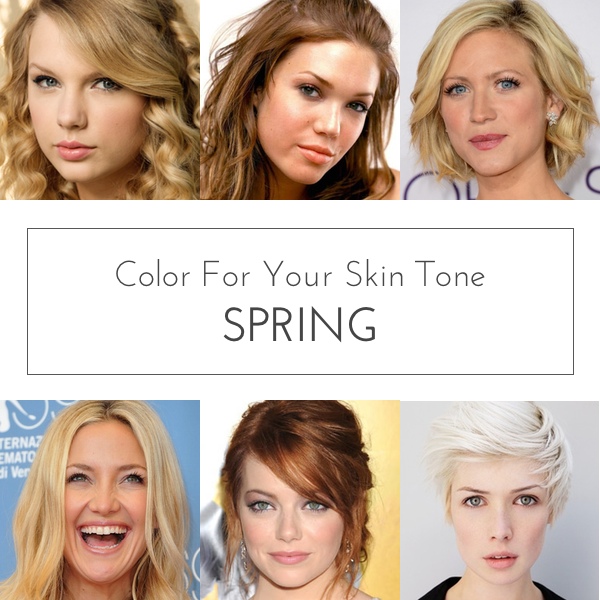
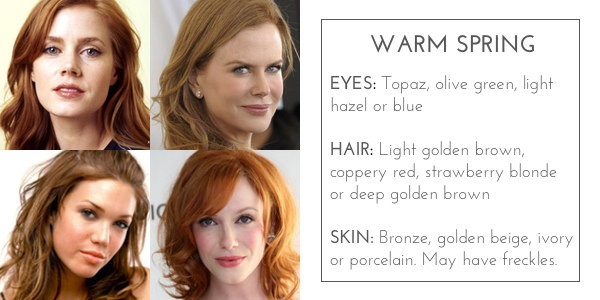

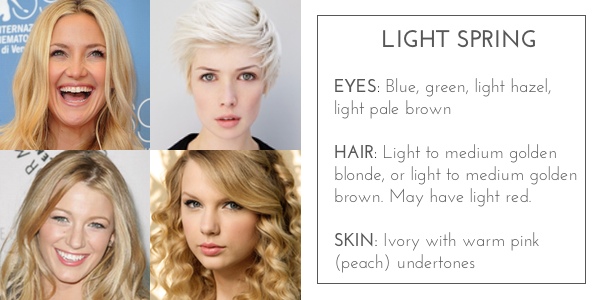

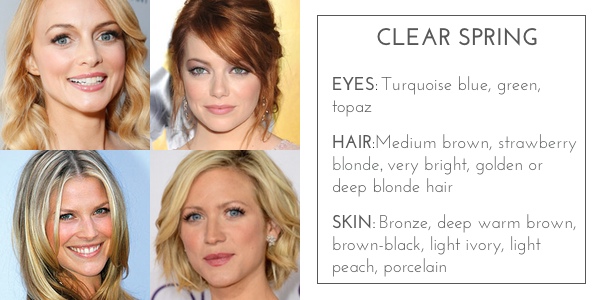
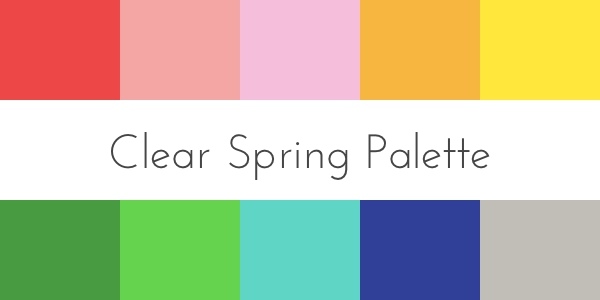
Comments on Color for Your Skin Tone: Spring